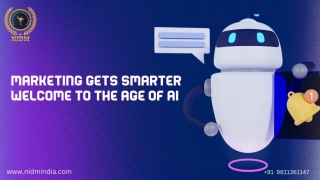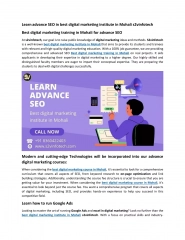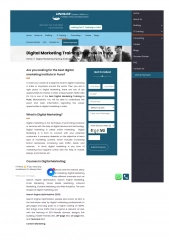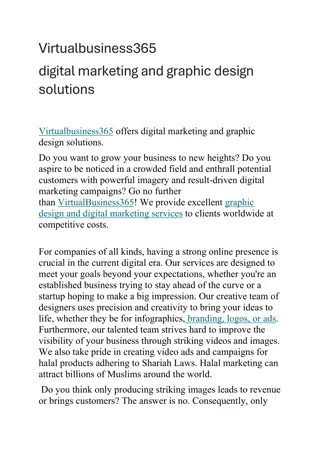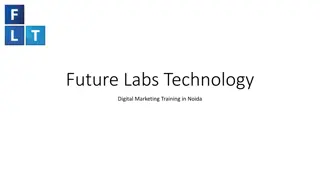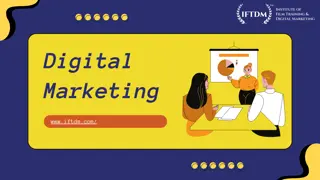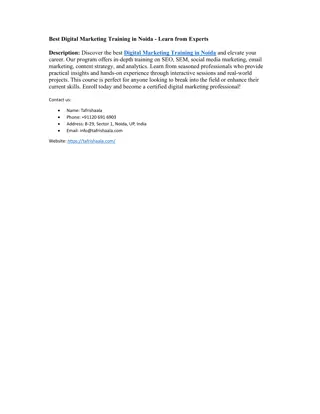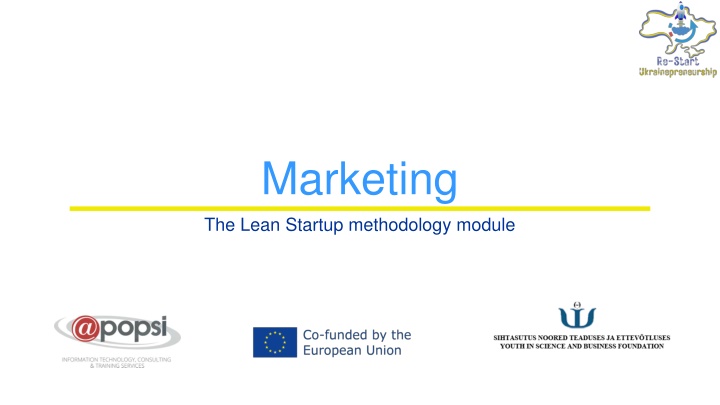
Lean Startup Methodology: Customer Development and Principles
Learn about the Lean Startup approach, focusing on customer development, validated learning, and the five principles that drive startup success. Explore how entrepreneurs can apply these principles to build successful ventures by gaining customer insights, validating business hypotheses, and fostering innovation through a structured process.
Download Presentation

Please find below an Image/Link to download the presentation.
The content on the website is provided AS IS for your information and personal use only. It may not be sold, licensed, or shared on other websites without obtaining consent from the author. If you encounter any issues during the download, it is possible that the publisher has removed the file from their server.
You are allowed to download the files provided on this website for personal or commercial use, subject to the condition that they are used lawfully. All files are the property of their respective owners.
The content on the website is provided AS IS for your information and personal use only. It may not be sold, licensed, or shared on other websites without obtaining consent from the author.
E N D
Presentation Transcript
Marketing The Lean Startup methodology module
Outline Introduction The Lean Start-up approach Customer development Five principles of lean start-up Summary
Introduction Start up success can be engineered by following the right process, which means it can be learned, which means it can be taught. (Eric Ries, 2011)
Customer development Steve Blank lays out the importance of gaining customer insights to validate the business hypotheses of a new venture and find a business model that works. He describes fours steps, of which each is iterative. The goal is to find a product-market fit of a new product or service referring to proven viability, desirability and feasibility during the search phase and prior to execution. Blank notes that facts exist outside the building, opinions reside within so it is important to Get out of the Building !
The Five Principles of the Lean Startup 1. Entrepreneurs are everywhere 2. Entrepreneurship is management 3. Validated learning 4. Build-Measure-Learn 5. Innovation Accounting
Entrepreneurship is management General Management vs. Lean Management Perspective Top-down Bottom-up Focus Revenue focus Margin and people focus Decision making Separated from work Integrated in work Orientation Sacrifice future for the present Sacrifice present for the future Values Compliance and Coordination Commitment and Collaboration Approach Firefighting Fire prevention Measures Budget, targets, outputs Progress, productivity, utilisation, added value Behaviour Direct and instruct Enable, teach and ask questions Attitude to customer Contractual Customer centred
Build DATA
5. Innovative Accounting DEFINITION// Innovation accounting is a way to evaluate progress when all the metrics typically used in an established company (revenue, customers, ROI, market share) are effectively zero by employing actionable metrics and continuous testing instead. Three learning milestones 1.Use a minimum viable product to collect real data on the current state of the company to establish a baseline. 2.Must attempt to tune the engine from the baseline toward the ideal through continuous improvement and iteration. 3.Pivot or Persevere - if you are not moving the target customers, you are not making any progress and it is time to pivot! Tools and templates for innovation accounting Dashboards Growth Machine
Catalog of Pivots Zoom-in pivot - A single feature of the initial product becomes the whole product. Zoom-out pivot - The whole product becomes a single feature of an expanded product or service. Customer Segment Pivot - The product remains the same but is now targeted to a different customer group. Customer Need Pivot - Experimentation revealed that a different need is to be solved potentially requiring a completely new product and strategy. Platform pivot - A change from offering an application towards a platform or vice versa. Business Architecture Pivot - A change of architecture, for example from complex system mode targeting B2B towards a mass market on a volume operations model Value Capture Pivot - Change of monetization or revenue model, which can have far reaching on the business, product and strategy. Engine of growth pivot - Switch from one growth engine to another (viral, sticky and paid growth) Channel pivot - Delivering the same solution more effectively through a different sales channel. Technology pivot - Delivering the same solution with the use of a different technology.
What to account for? What to account for depends on the product or service. It can for example be number of active members, number of transaction or retention rate. Often, conversion rate is a relevant measure. Conversion rate refers to the percentage of visitors to a website that complete a desired action (a conversion) out of the total number of visitors. When accounting for growth it is important to compare how many new customers are using the product or service (= growth rate) and how many customers are losing interest and stop using the product (=churn rate). The churn rate should be kept as low as possible as it hinders growth. Gaining new customers without being able to keep them is an indication that something needs to be adjusted to improve retention and thereby secure success.
Implementing the approach Example // Small Batches Letters and Envelopes Small Batches are at the core of a lean approach. The one envelope at a time approach is called single-piece-flow in lean manufacturing. It works because of the surprising power of small batches. (Ries, 2011, p. 184) In the book Lean Thinking, James Womack and Daniel Jones recount a story of stuffing newsletters into envelopes with the assistance of one of the author s two young children. Every envelope had to be addressed, stamped, filled with a letter, and sealed. The daughters, age six and nine, knew how they should go about completing the project: Daddy, first you should fold all of the newsletters. Then you should attach the seal. Then you should put on the stamps. Their father wanted to do it the counterintuitive way: complete each envelope one at a time. They told him that wouldn t be efficient! So he and his daughters each took half the envelopes and competed to see who would finish first. The father won the race, and not just because he is an adult. The principle of Small Batches is the underlying logic of continuous deployment, which refers to releasing software code as soon as it has passed automated testing, making visible changes for the end user. Find the root cause through The Five Whys find a solution for technical problems by discovering the human managerial issues by asking Why? five times. The one envelope at a time approach is a faster way of getting the job done even though it seems inefficient. This has been confirmed in many studies, including one that was recorded on video. (Ries, 2011, p. 184)
Summary Step 1: Identify leap-of-faith assumptions. Step 2: Get out of the building. Step 3: Build Test your assumptions with a Minimum Viable Product (MVP). Step 4: Measure Establish baseline metrics. Step 5: Learn Tune the engine. Step 6: Pivot or persevere.
Further reading and tools Tools and courses Courses by Google: https://startup.google.com/ Lessons by Steve Blank: https://steveblank.com/category/2-minute- lessons/page/2/ Javelin Experimentation board: https://www.youtube.com/watch?v=F-5Iyj9A1MU Further readings Blank, S. (2013). Why the lean startup changes everything, Harvard Business Review, May, 63 72. Retrieved 3 September, from https://hbr.org/2013/05/why- the-lean-start-up-changes-everything. The Lean Startup blog: https://leanstartup.co/blog/ Innovation accounting: https://www.ideou.com/blogs/inspiration/innovation- accounting-what-it-is-and-how-to-get-started MVP: http://www.startuplessonslearned.com/2009/08/minimum -viable-product-guide.html Design and test: https://startup.google.com/best- practices/design-and-test/ Books Getting to Blan B by Randy Komisar Lean Impact by Ann Mei Chang Rapid Prototyping: https://www.udacity.com/course/rapid-prototyping-- ud723


